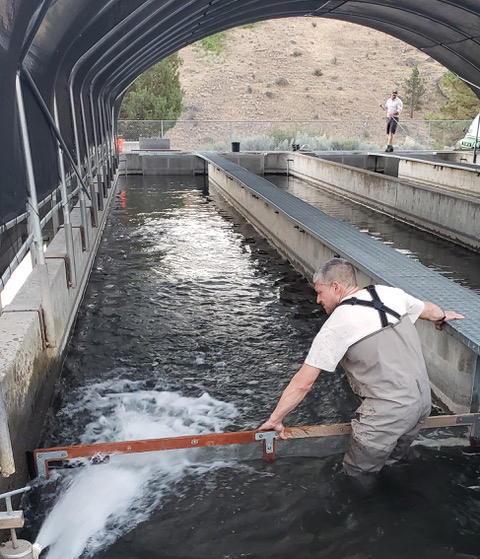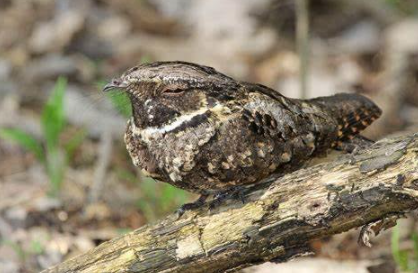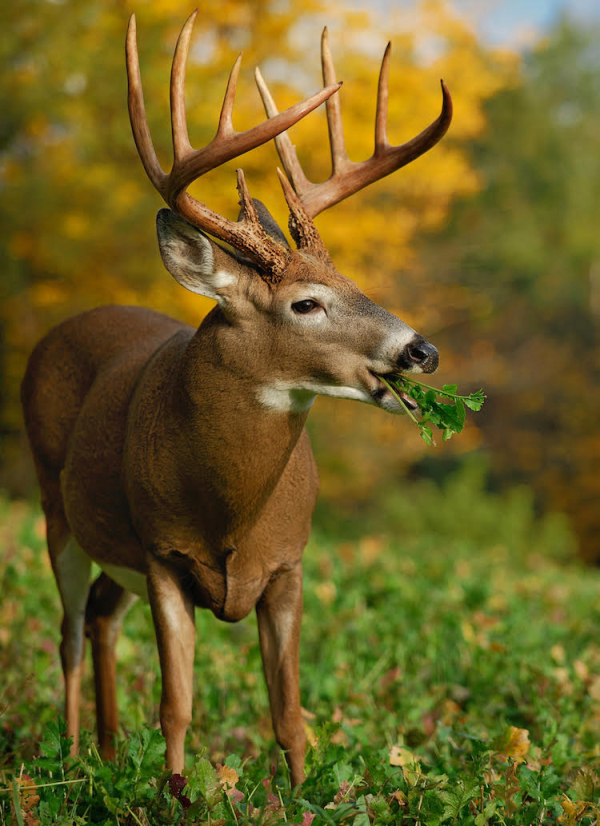Food Plot Fencing Options
 As gamekeeper’s, we are constantly preaching on the importance of spring and summer nutrition for whitetails. There are huge upsides for your deer herd when they are provided quality high protein groceries during the growing months. Anyone who has tried to grow a small food plot of soybeans, lablab, or other highly attractive warm season annual, has likely experienced a failure. Although there are a number of reasons for plot failure including, lack of rain or poor seedbed prep, the number one reason for warm season plot failures is over browsing. Even with low to moderate deer densities, a 1 acre soybean plot planted in the middle of hundreds of acres of timber, can be destroyed in a few days time. In the first few days after germination, popular spring plantings such as iron clay peas, soybeans, or lablab that are bitten off below the terminal bud are killed and will not grow. So, now that we have identified the problem, what are some solutions?
As gamekeeper’s, we are constantly preaching on the importance of spring and summer nutrition for whitetails. There are huge upsides for your deer herd when they are provided quality high protein groceries during the growing months. Anyone who has tried to grow a small food plot of soybeans, lablab, or other highly attractive warm season annual, has likely experienced a failure. Although there are a number of reasons for plot failure including, lack of rain or poor seedbed prep, the number one reason for warm season plot failures is over browsing. Even with low to moderate deer densities, a 1 acre soybean plot planted in the middle of hundreds of acres of timber, can be destroyed in a few days time. In the first few days after germination, popular spring plantings such as iron clay peas, soybeans, or lablab that are bitten off below the terminal bud are killed and will not grow. So, now that we have identified the problem, what are some solutions?
For the purposes of this topic, let’s take for granted that you are doing your part in controlling your deer density through good trigger finger management, but are still having problems with over browsed food plots. Physically keeping the deer out of the plots until they are established and mature enough to withstand the browse pressure has proved to be an effective tactic. This can be achieved by utilizing a number of different fencing options. After all, what sense does it make to go to the trouble and expense of planting warm season plots if you know they are going to be over browsed quickly and provide only a week’s worth of food? Take the time and make a plan to protect your crops so you get the most for your labor and money.
For many years, BioLogic has had a product called P2 Plot protector. This kit contains a woven poly tape that will protect an acre. After installing t-posts or rebar around the perimeter of the field, the tape can be put on. Also included in the kit is a small jug of concentrated solution to spray on the poly tape. This spray has an unpleasant odor to a deer’s nose and keeps them out of the plot for a couple of weeks after each application. After heavy rains, it is necessary to reapply the spray to the tape to refresh the smell. We have also found it effective to spray the tape from the outside with a backpack or atv sprayer and allow the overspray to fall on the crop you are trying to protect. In moderate deer densities, the P2 kit is often all that is needed to keep deer off the plots until you see the crop is mature enough to handle heavy browse pressure.
Another temporary fencing option is a 7.5 ft polypropylene material called Plot D-Fence. This UV resistant fence is very strong but lightweight and can last 10+ years in the field. With this type of fencing, when the plot reaches maturity you have a couple of options to let the deer in to enjoy the groceries. The Plot D-Fence is flexible and can be lifted up and folded from the bottom to allow your deer herd into the plot. The other option is to fold from the top and allow the deer to jump over the now shortened fence. This latter method however may still keep some lazy deer or fawns out of the plot from their unwillingness to hop the fence. This fence comes in 330 ft sections and can be rolled up and stored away and is lightweight enough for one person to carry a roll. This fencing system may be better suited for guys with heavy deer densities.
Some situations may require a more heavy duty or somewhat permanent fencing system. This can be especially true in areas with feral hogs. GameKeepers trying to grow food plots on properties with high deer densities and feral hogs are in a constant battle. The combination of the constant rooting from the hogs and over browsing of immature plants by large numbers of deer, make growing successful plots seem impossible. Some farms have faced this problem by using a 7-10ft tall high tensile game fence. Although deer are physically capable of jumping these tall enclosures, the majority will not try. A 4 foot section of hog paneling is then attached to the bottom of the fence on the outside. This section of heavy galvanized paneling on top of the ground prevents hogs from rooting and digging their way under the fence. Another very effective and fairly permanent method of fencing food plots or young tree orchards is called a jackleg fence. This A-frame design uses metal T-posts and high tensile electric wire to keep animals out. The 6ft T-posts are driven one feet deep around the perimeter of the plot. 10 foot T-posts are then welded or wired to the 6ft post at an angle toward the interior of the plot. The bottom of the 10ft post is then staked to the ground using rebar or other heavy duty stake.
One common fence design uses seven high-tensile wires from Ranchmate fencing supplies that are parallel to each other on a steep angle relative to the ground using support wires, boards and battens are positioned 12 inches apart, arranged with a slope toward the area confined by the fence. The bottom wire is positioned 10 inches from the ground. The top, third, fifth and bottom wires are connected to the positive (+) post of a grounded, low-impedance fence charger. The second, fourth and sixth wires are connected to ground. This slanted design uses multiple ways to discourage hogs and deer from crossing, one is by encouraging them to go under and receiving a jolt by the wires. The visual effect of the slanted wires is also a deterrent from a visual aspect to prevent deer from jumping over. Ranchmate also has splice kits and dead ends for corner posts and gates to make for smooth and tight wire junctions. Although this fence design is relatively short, selected test areas have shown 100% exclusion of deer and hogs. Obviously with these almost total exclusion fencing designs, one or two gates would need to be installed to open when you felt the plot was mature enough to handle the browse pressure. After all we do want the deer to eat and benefit from the groceries we grow, but not until you and the crop are ready for them.
Would you like to learn more about improving your hunting and get discounts on the products you need? Learn from the experts by joining the new Mossy Oak GameKeepers Club at www.gamekeepersclub.com or call 844-256-4645.







